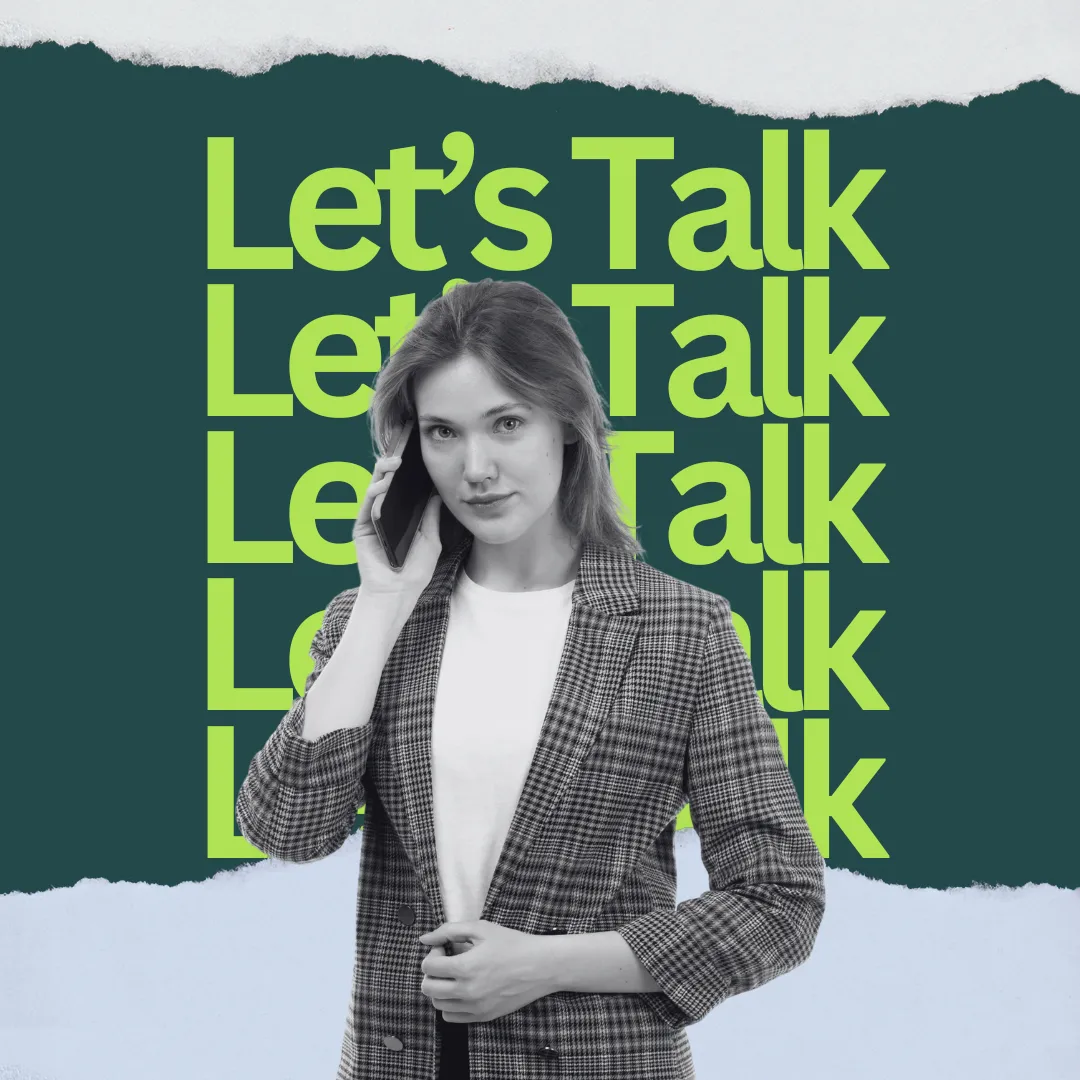Must-Know Graphic Design Trends for 2025
As 2025 draws nearer, the context within which graphic design takes place changes dynamically with other factors such as new innovations in technology, cultural change, and many more. This is particularly important in a world that has come to appreciate design more than ever before. And in an era where consumers need new trends to identify with every few years at most. From the AI paintings to daring color palette of products, 2025 is set to deliver another burst of creativity. Here are some of the major graphic design trends that expect to greatly impact in the year 2025.
AI-Powered Design and Automation
Design for AI is not longer something in the distant future, it is here and it is already tipping the balance in how designers need to design. By 2025, new AI tools will exist that can work at a much faster pace than today’s tools. And also AC will have systems that automatically generate the layout of design and more personalized design features that are offered. AI can help decide design layout, font, color scheme, etc., that works for which set of people more effectively, thereby reducing the time needed to make a design. Designers, of course, will remain the main inspirers behind the creativity to be employed, but AI will serve as a tool that may become a key enabler and catalyst for significant innovation.
Bold, High-Contrast Color Palettes
When minimalism seems to be getting oversaturated, designers are moving to daring, bright, and high contrast color schemes in 2025. In general, the main trends are bright neon colored idea strong contrasts, and playful gradients that will catch people’s attention. While making the designs to be very conspicuous, major colors will use while minor ones will make the designs to elicit specific feeling hence giving designs higher human appeals. This trend will be observed more in branding and digital advertising as different companies will step up to it to stand out online.
3D and Immersive Design
With the increasing use of virtual and augmented reality in people’s lives, graphic design will eventually expand to contain both 3D graphic design and immersive design. There will be further improvement of interactive websites, virtual product showings. And more samples of 3D storytelling connected to designs that is enjoyable to users. If this was done through full three-dimensional logos, digital packaging, or any other application for brands, this will broaden graphic design to new territories.
Sustainability and Eco-Friendly Design
Being on the agenda since the beginning of the twenty-first century, sustainability is expected heavily influence graphic design until 2025. People will want designers to develop designs that demonstrate environmental awareness and corporate social responsibility. This express in less is more, biomorphic shapes, natural motifs and references. Sustainability in packaging graphics and in general, an eco-conscious constructivism. They say we will finally witness and increasingly popularity of organic forms, more earthen colors. And designs that characterize by their simplicity and eco-friendliness.
Motion Graphics and Dynamic Visuals
The static images are getting less and less effective as the users are now demanding more and more interactive elements. The use of motion graphics and animation will be the main trend on the web in 2025. From web items which shift according with the user scrolling or highly engaging animated advertisements, dynamic visuals will ‘grab’, ‘lengthen’, and ‘tighten’ consideration. While choosing the texts translate, it is critical to consider that motion design will no longer be a phenomenon tied exclusively to the video for applications and websites. But will become embedded deep in their interfaces, in web elements, and social media posts.
Inclusive and Accessible Design
Lack of inclusion and accessibility shall remain some of the key trends in 2025. Graphic designers will pay more attention to the need of making their content more interactive to a big number of users including the visually impaired. Those with neurological disorders and the cultural diversity. This includes the use of high contrast the colors in order to improve readability, text to speech, and design specific to learning style. In addition, there will be more focus on ethnographic imagery with brands seeking to find a way within the diversity of cultural representations post-internet age.
Nostalgia and Retro Design
It means that nostalgic trends will be still effective in 2025 in convincing people to use goods. And receiving needed impulse, but one cannot refuse from forward-looking designs. Elements of postmodernism, especially from the 80s and 90s, will become recognized as a renewed trend of recycling and re-animating decades. Pixel art, neon lights, and some vintage looks of typography will be back as they produce a familiar and welcoming effect on audiences. It is most clearly seen in the digital and gaming sectors because a nostalgic design reference can be eye-catching to the older generation. While being innovative and sleek to the younger generation.
Data-Driven Design
The role of visualization will further advance and designers will be using data in the design process in 2025. Everything from the more animated info graphics, to dynamic data visualizations such as panels. And real-time readouts will style appropriately. In its turn, the integration of looks and meaning making by designers will result in effective visuals which look good while delivering the message. Graphic designers will also have to be able to process. And display data as new technology continues to surface especially in technology, finance, and healthcare.
Minimalism to the Max
While minimalist design has dominated for decades, a new take on minimalism is steadily gaining its footing: minimalism with maximum impact. It’s no longer “less is more”; 2025’s stance on minimalism will be about statement-making simplicity. Designers will use clean, easy-to-follow layouts with bold points-think striking typography, large-scale imagery. Or an interesting play of negative space-for maximum impact, visually speaking. This style conveys a message with fewer elements and more visible impact.
AR in Print Design
Augmented reality in print design will then develop through the integration of these two worlds, digital and physical. The toilet sheet and posters and the business cards will be able to pop to life with either animations, videos. Or other forms of interactive content when looked at through a smartphone or tablet with help from AR technology. This, in itself, shall offer brands a platform that is unique to reach out to customers. As it blurs lines between physical and digital experiences, thus stretching the boundaries of print media as we know it.
Wrap Up
Entering the world of 2025, British Graphic Designing Services will combine creativity with innovation fueled by new technologies, new cultural changes, and user preference in visual aspects. Regardless of embracing AI or considering sustainability as the top priority. Designing ahead will be adaptation and evolution for the designers. To maintain an edge in the marketplace and create relevant images. Businesses will find it important to follow these trends in the dynamic digital world.



